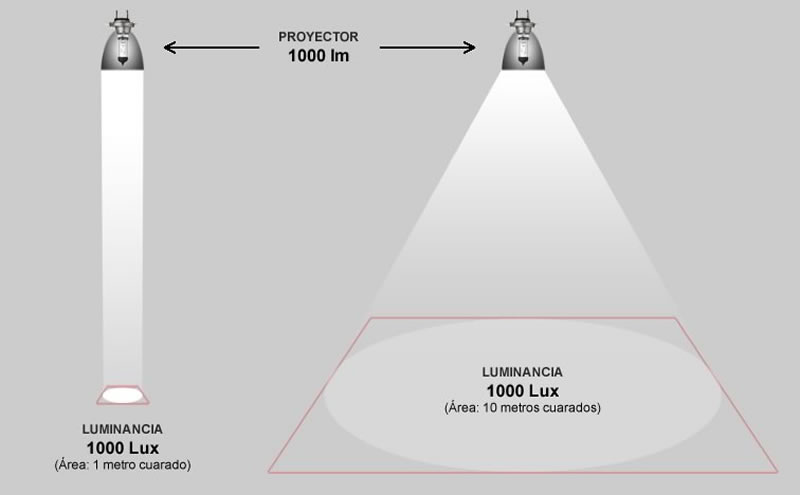

LUMENS VS CANDELA FULL
Finally, to put things into perspective, it's worth noting that a full moon on a clear night results in the Earth being illuminated by about a quarter of 1 lux at the Earth's surface. a high candela rating) at its source, but the flashlight's light is focused and so more useful. In this case the candle has more candlepower (i.e. In short, when we want to measure how powerful a light source is we need to consider its nature or purpose - a half- candlepower flashlight will be more useful than a candle for finding something in the distance at night. This is why it's not straightforward to compare the output of a flashlight with a candle. 1 candlepower) flashlight which just happens to have a beam that illuminates 1 square metre from 1 metre distance, then that square metre will have an illumination of 12.57 lumens, as compared with 1 lumen for the candle.

Now let's return to flashlights, most of which are designed to be highly directional. In SI units the standard is 1 lumen per square metre and called 1 lux. Many bulbs are now rated by the amount of illumination given at a distance. The amount of energy passing through 1 square metre of the transparent sphere is 1 lumen, and so it follows that 1 candlepower is 12.57 lumens. So why is comparing a candle and flashlight tricky? To answer this we need to consider how the light spreads out from its source as well as taking into account a derived quantity called lumens. One candela is almost exactly equivalent to one candlepower (I did say it was easy!). It is based on a frequency (light color) of 540 x 10 12 cycles per second ( hertz ), which is roughly yellowish-green and is a color that the human eye is highly sensitive to. The modern SI quantity of luminous intensity takes into account the color of the light and its direction. For these and other reasons a better definition of luminous intensity was needed. For example, the Sun's light is composed of all of the different colors mixed together, but, as seen from space, is faintly yellow in color, meaning that it shines slightly more brightly in yellow than the other color components. Things started to get complicated not just with the invention of light bulbs, but also with a greater understanding of the different colors of light. This made sense in a world without light bulbs or other forms of artificial light, even if each country tended to use a slightly different kind of candle as its "standard".

For much of history the candle was used as a measure of the intensity of light.


 0 kommentar(er)
0 kommentar(er)
